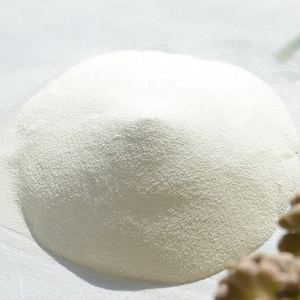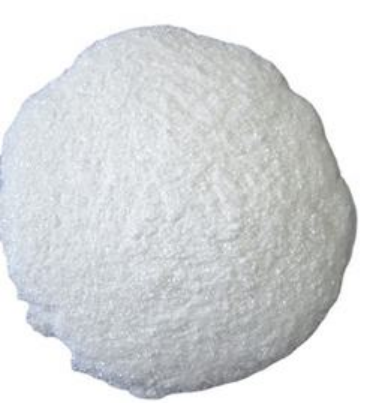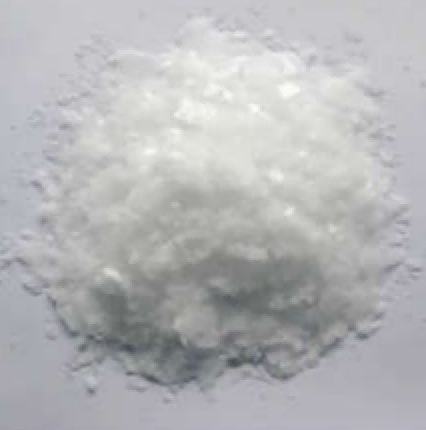1. Introduction
In the past 48 hours, the European Chemicals Agency (ECHA) has advanced its re-evaluation of anionic surfactants, including sodium lauryl sulfate (SLS), under the REACH program, citing concerns over aquatic toxicity and skin sensitization. This regulatory development underscores a growing industry shift toward milder, biodegradable alternatives. As formulators seek effective yet sustainable surfactants, understanding the nuanced differences between SLS and its counterparts is more critical than ever.

Sodium lauryl sulfate—also known as sodium dodecyl sulfate (SDS)—is a widely used anionic surfactant valued for its strong cleansing and foaming properties. However, its potential for irritation has spurred innovation in surfactant chemistry. This article compares SLS with key alternatives across seven dimensions: chemical structure, irritation potential, biodegradability, foaming performance, compatibility, agricultural use, and commercial availability.
2. Chemical Structure and Classification
Sodium lauryl sulfate (C12H25SO4Na) is a straight-chain alkyl sulfate derived from dodecyl alcohol (lauryl alcohol). It is classified as an anionic surfactant due to its negatively charged sulfate head. In contrast, sodium laureth sulfate (SLES), often confused with SLS, is ethoxylated—meaning it contains ethylene oxide units (laureth = lauryl alcohol + ethoxylation)—making it less irritating but introducing concerns about 1,4-dioxane contamination.
Other alternatives fall into different surfactant classes: alkyl polyglucosides (e.g., decyl glucoside, coco glucoside) are non-ionic and derived from sugars and fatty alcohols; cocamidopropyl betaine (also called coco betaine or amidopropyl betaine) is amphoteric, functioning as both anionic and cationic depending on pH; and sodium lauroyl sarcosinate is an anionic amino acid-based surfactant with superior mildness.
3. Irritation and Skin Compatibility
SLS is known for its high irritation potential, especially at concentrations above 1% and with prolonged exposure. It disrupts the skin barrier by solubilizing lipids and denaturing proteins. In contrast, amphoteric surfactants like cocamidopropyl betaine and non-ionic options like polysorbate 80 or Pluronic 127 (poloxamer 188) exhibit significantly lower irritation.

Bio-surfactants such as sodium cocoyl glutamate and sodium lauroyl methyl isethionate offer excellent skin compatibility while maintaining effective cleansing. Sodium coco sulfate (sometimes labeled as coco sodium sulfate) is a milder anionic alternative to SLS, though still more irritating than amphoteric or non-ionic types.
4. Biodegradability and Environmental Impact
While SLS is readily biodegradable under aerobic conditions, its high aquatic toxicity raises environmental concerns—particularly in lawn care applications where it’s used as a wetting agent for grass or surfactant for herbicides. Alternatives like alkyl polyglucosides and methylated seed oil are fully biodegradable and exhibit low ecotoxicity.
Fluoro surfactants and cetyl trimethyl ammonium bromide (CTAB, also known as cetyltrimethylammonium bromide) are persistent in the environment and increasingly restricted. In contrast, lignin sulfonate—a byproduct of the paper industry—serves as a sustainable, bio-based surfactant for agricultural formulations.
5. Foaming and Cleansing Performance
SLS delivers high foam volume and strong detergency, making it popular in shampoos, toothpastes, and industrial cleaners. However, sodium laureth sulfate (SLES) offers richer, creamier foam with better viscosity control, which is why SLES is preferred in premium shampoos (e.g., ‘sodium lauryl ether sulphate in shampoo’).

Milder surfactants like sodium cocoyl isethionate produce dense, stable lather but with less aggressive cleansing—ideal for sensitive skin formulations. Non-ionic surfactants such as Span80 (sorbitan monooleate) or ethoxylated alcohols generate minimal foam but excel as emulsifiers and solubilizers.
6. Use in Agricultural and Industrial Applications
In agrochemicals, SLS and ammonium lauryl sulfate (also called ammonium dodecyl sulfate) are used as surfactants for weed killer formulations to enhance leaf penetration. However, newer products favor non-ionic surfactants like ethoxylated alcohols or bio-surfactants due to better rainfastness and lower phytotoxicity.
For lawn wetting agents, sodium lauryl ether sulphate and lignin sulfonate improve water infiltration without damaging turf. Copper 1 bromide and sodium deoxycholate are niche additives but not primary surfactants in this context.
7. Commercial Availability and Market Trends
SLS remains widely available globally, with suppliers like Rohit Surfactants Private Limited offering ‘sodium lauryl sulfate for sale’ in bulk. However, brands are reformulating to replace SLS with blends of decyl glucoside, coco betaine, and sodium lauroyl sarcosinate to meet ‘sulfate-free’ marketing claims.
Note that ‘sls sodium lauryl sulfate’ and ‘na lauryl sulfate’ are common misspellings or shorthand; the correct INCI name is sodium lauryl sulfate. Similarly, ‘natrium lauryl sulfate’ is the Latin-derived term occasionally seen in European labeling but refers to the same compound.
8. Conclusion
While sodium lauryl sulfate remains a cost-effective, high-performance anionic surfactant, its drawbacks in safety and sustainability are accelerating the adoption of alternatives. Formulators now have a robust toolkit—from amphoteric cocamidopropyl betaine to non-ionic alkyl polyglucosides and bio-surfactants—that balances efficacy, mildness, and environmental responsibility. As regulations tighten and consumer awareness grows, the future of surfactants lies in intelligent, multi-component systems that minimize reliance on harsh anionics like SLS.
Our Website founded on October 17, 2012, is a high-tech enterprise committed to the research and development, production, processing, sales and technical services of ceramic relative materials such as 7. Our products includes but not limited to Boron Carbide Ceramic Products, Boron Nitride Ceramic Products, Silicon Carbide Ceramic Products, Silicon Nitride Ceramic Products, Zirconium Dioxide Ceramic Products, etc. If you are interested, please feel free to contact us.


